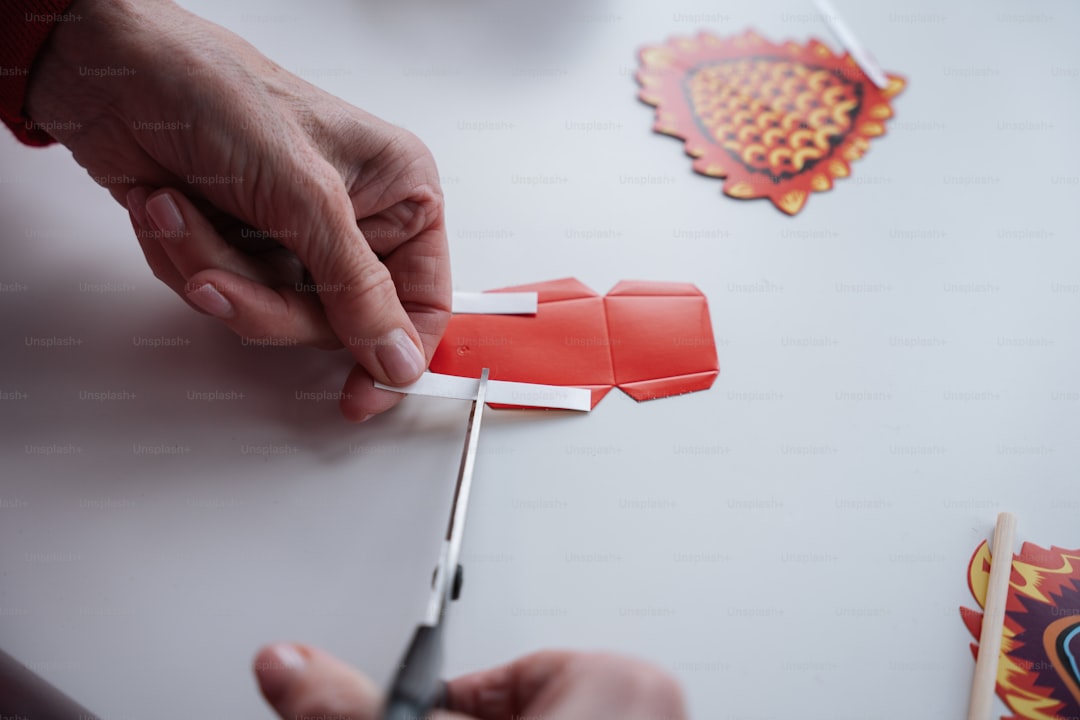If you’re setting out to explore the world of laser cutting, particularly with clear acrylic, you’ve probably stumbled upon two contenders: diode lasers and CO2 lasers. While diode lasers are the consummate underdog (and generally more budget-friendly), they definitely have their limitations when tackling the transparency of acrylic. Let’s dive in!
Understanding the Basics
To kick things off, let’s chat about the types of acrylic you can encounter: cast and extruded. Cast acrylic usually wins for quality, yielding cleaner cuts and sharper engravings, while extruded acrylic might save you some cash but can lack that pristine finish. CO2 lasers are typically better suited for cutting acrylic, especially in terms of precision, compared to their diode counterparts.
Cutting Acrylic with Diode Lasers
Cutting 1/4 inch clear acrylic using a 20W diode laser is an actual possibility, even though it is more challenging than using a CO2 laser. Users found success with a few tweaks to their settings and preparation.
Preparation is Key
Whether you’re diving in with a retrofitted 445nm diode laser or any other, workspace preparation cannot be overlooked. Make sure your area is well-ventilated, remove clutter, and tackle safety with gusto—grab those safety goggles and maybe an extinguisher, just in case! This step is crucial not just for laser cutting but also for preventing potential fume inhalation issues.
The Laser Cutting Process
Once your settings and workspace are prepped, decide on your compatible software. Users often rely on Adobe Illustrator or AutoCAD. Your design should ideally be in a vector format like SVG or DXF. An insightful takeaway is that cleaning your acrylic sheet well before cutting (think about smudges or dust!) influences your outcome. Diode lasers may struggle with transmission through clear materials, which is why ensuring everything is pristine is paramount. Users have noted better results by applying soapy water on the surface before cutting to reduce cloudiness!
A Few Tips for Cutting Acrylic
- Color Matters: Clear and blue acrylics can be problematic for diode lasers due to light not being absorbed effectively. However, if you’re working with black acrylic, that tends to cut like butter (or water, in this case).
- Power Settings: You should play around with your laser’s power settings based on the acrylic color being used. Generally, darker colors absorb more energy, which means more efficient cutting.
- Post-Cut Finishes: After cutting, clean up any residue. There are also finishing techniques like polishing or flame polishing recommended to elevate the aesthetics of the final product. xTool Academy dives into these techniques!
CO2 vs. Diode Laser: The Showdown
Let’s be clear: while diode lasers are a cost-effective entry point, they’re not always your best friend when it comes to cutting acrylic, especially thicker varieties. For professional-grade results, the consensus is that a CO2 laser, such as the Monport 100W, is a superior choice. With up to 8mm cutting capabilities and laser precision that leaves your diode laser in the dust, it’s worth considering for serious projects.
| Laser Type | Power | Max Thickness | Notes |
|---|---|---|---|
| Diode | 20W | 1/4″ | Affordable but limited |
| CO2 | 100W | 8mm | Superior power and cleaner cuts |
So whether you aim to craft sparkling jewelry, personalized signs, or upscale home decor, understanding your tool—and knowing your acrylic—is half the battle. With the right gear and setups, you can certainly make a dazzling impact with laser-cut acrylic! For additional reading on laser-cutting tips and techniques, be sure to check out Laser Engraver Care Tips.
The Limitations of Cutting Acrylic with Diode Lasers
One cannot ignore the notable challenge of cutting clear acrylic efficiently with diode lasers, as highlighted by various forum discussions. Clear and blue acrylics tend to be more difficult due to the laser’s light being transmitted through the material rather than being absorbed. This can lead to uneven cuts and unwanted cloudiness—defeating the purpose of using clear acrylic in the first place. Users, however, have had success navigating these limitations with proper settings and cleaning techniques.
Key Techniques Users Swear By
- Masking Tape for Protection: Applying some masking tape can help prevent scorching and surface damage during the cutting process. It’s simple but effective.
- Soapy Water Application: Users frequently lend a hand to their cutting endeavors by using soapy water on the acrylic surface; it helps reduce cloudiness during the cutting process, though opinions vary on the best types of soap to use.
- Testing Settings: As always, there’s no magic wand for optimal settings. Users on multiple forums emphasize the importance of experimenting with their specific materials and laser setups. A recommended start is anywhere around 60-80% power at a speed of 1000-1500 mm/min for clear acrylic.
Why CO2 Lasers Have the Edge
While we navigate the maze of diode laser limitations, let’s shine the spotlight on CO2 lasers. The general consensus is that they are the high performers in the acrylic cutting arena. For example, the xTool P2 can cut up to 20mm thick acrylic in a single pass and is 500% faster than 40W diode machines, making it an attractive option for anyone serious about laser cutting. CO2 lasers utilize infrared beams that acrylic efficiently absorbs, leading to superior cutting speed and quality overall, something diode lasers wrestle with regularly.
Final Thoughts
In summary, if you’re keen on exploring the vibrant world of laser-cut acrylic, don’t underestimate the power dynamics between diode and CO2 lasers. While the former is an accessible entry point, serious projects and thicker cuts will require the prowess of a CO2 laser for that professional finish. Armed with the right settings, safety precautions, and persistent experimentation, you’ll be on your way to crafting stunning acrylic projects in no time. Now, if only I could laser cut myself a new superhero cape for my outdoor adventures! Happy laser cutting!

